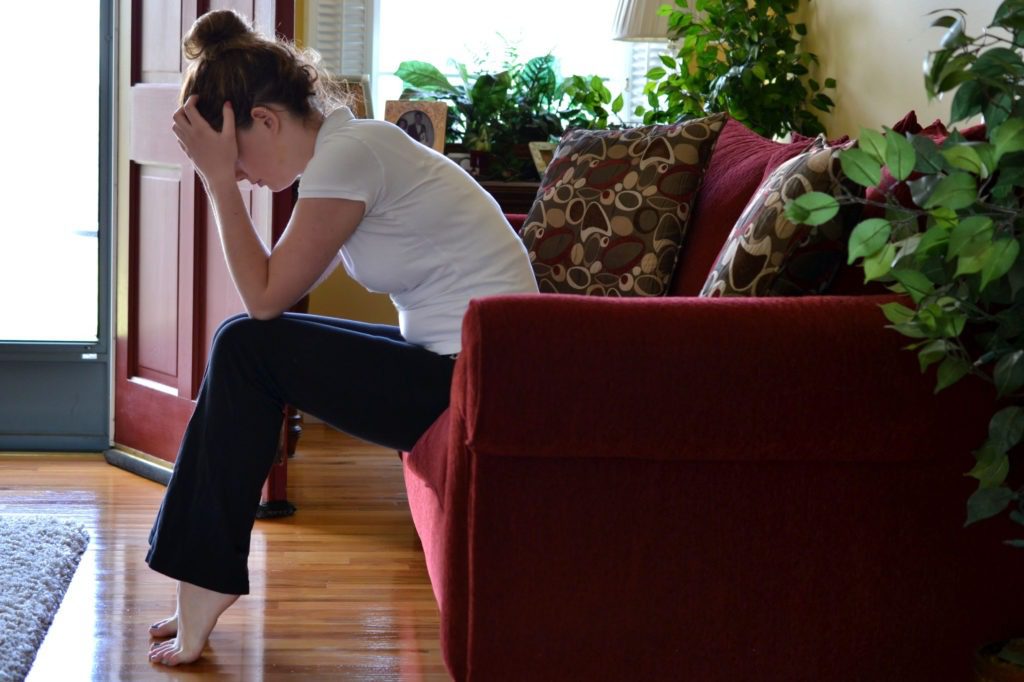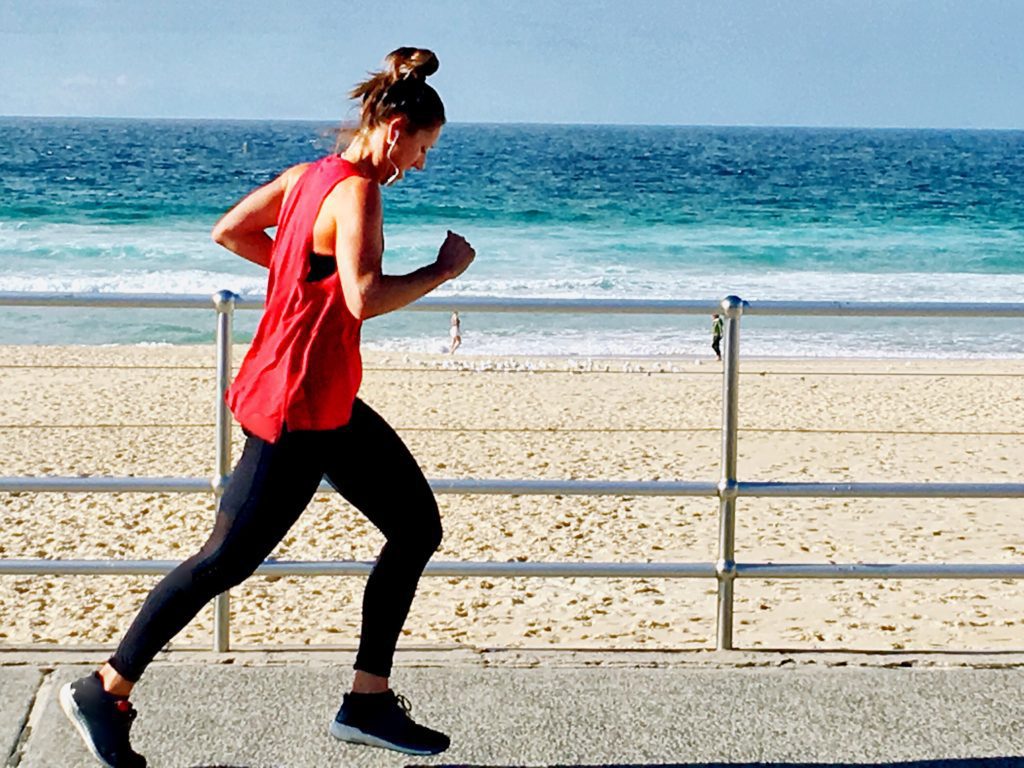How to Relieve Stress During Uncertain Times
COVID | Strength & Conditioning// reset your nervous system to relieve built up stress and tension
The body doesn’t know the difference between types of stress at a cellular level, and cannot distinguish between threats that are real, imagined, or inflated in our head.
So with the entire world stuck in the shifting sands of the COVID-19 response, we’re bombarding ourselves with more danger signals than we can reasonably be expected to process.
Fortunately, there are some strategies that allow us to tap into our fundamental humanness and deal with these issues at their most elemental level: the nervous system.
This isn’t another one of those “just deal with it” or “everything’s fine” articles, because though we’re all trying our best, we are stressed, anxious, and run down.
Rather, the goal is to help you deploy some simple yet highly effective strategies to help flip the switch from a sympathetic fight/flight/freeze state to a parasympathetic rest/digest one.
The goal? Show some tips on how to relieve some stress, and hopefully help you chill the heck out! Even on tough days that feel overwhelming.

1. Use the Remote Control for your brain
That’s what breathwork expert Kasper van der Meulen, the author of MindLift, calls breathing.
Becoming aware of how different patterns impact your physical, emotional, and cognitive state and then learning how to work the levers, dials, and knobs like a pilot in an aircraft cockpit (think Tom Cruise in Top Gun Maverick) is the most effective way to manipulate your physiology in a positive way.
There are almost limitless applications for breathwork, but for the purposes of helping you buffer stress and anxiety, let’s focus on just one: calm, nasal breathing.
To start, simply inhale for four seconds through your nose. Then exhale slowly for eight seconds, also using a nasal exhale.
Do this for three to five minutes and you’ll already have triggered a parasympathetic response.
Want to shake things up a bit? Then hum during your nasal exhales.
This will cause your body to increase the production of nitrous oxide up to 10x. This potent vasodilator causes blood vessels to expand, helping you to transport oxygen to your cells more efficiently.
Don’t worry if you feel a slight tingling in your sinuses – that just means it’s working.


2. Go With your Gut
Gut smashing, that is. The purpose here is two-fold.
First, abdominal massage allows you to activate the vagus nerve, the longest of the 12 nerves that attach to the brain stem and carry feedback to and from the rest of the body to its CPU. Some like to gut smash at night, as it can help you relax before bed.
Performing the exercise couldn’t be any easier. Get a baseball-sized ball with notches – like the MobilityWOD Supernova – and place it under your abs.
Then lie face down on a mat or rug and slowly roll the ball from side to side.
A secondary benefit is that all those deadlifts, squats, swings and so on that you’ve been doing in the gym have likely left your core musculature and the underlying fascia layers all tacked down.
As a result, you’re priming yourself for injury and limiting range of motion, rotation, and force production. Gut smashing can help.
There’s also a trigger point for the tight psoas that could be causing or contributing to lower back pain just to the side of and slightly below the belly button.
So spend a little extra time here. Accumulate five to 10 minutes of gut smashing, two or three times a week.
3. Come back and grab a bath
OK, a shower is arguably faster and more convenient, particularly after a hard training session.
But taking a long soak (20 minutes plus) in a bath or hot tub, or using a sauna can provide a bevy of benefits when it comes to busting stress. First, it just feels good, doesn’t it?
Never heard anyone get in a hot tub and say, “This is awful – I’m getting out!” In fact, a Japanese study published in Evidence-Based Complementary and Alternative Medicine found that regular bathers reported feeling calmer, less fatigued, and less depressed (80 percent of adults in Japan take daily baths and use of onsens – natural hot springs – is widespread).
A second reason for embracing hot water or steam is that exposure to extremely high temperatures activates heat shock proteins (HSPs) that, as Scott Carney shared in his book What Doesn’t Kill Us, can become dormant when we’re in air conditioned environments all day long.
These HSPs are critical to a healthy immune response, with several Scandinavian studies suggesting that getting hot, hot, hot four times a week or more can reduce your risk of heart disease and perhaps even all-cause mortality by up to 40 percent (before you say anything detrimental, yes, other factors could have contributed to these results).
Third, though the heat is technically a stressor, after your body gets out of the bath/tub/sauna, there is a longer parasympathetic response as you cool down.
And as I’m going to ask you to finish your routine with one to two minutes in a cold shower, this reaction will be exaggerated.
You’ll also be activating the cousin of HSPs, cold shock proteins (CSPs), which also play a vital role in many essential bodily processes.
READY TO TRY TRAINHEROIC?
Our powerful platform connects coaches and athletes from across the world. Whether you are a coach or trainer looking to provide a better experience for your clients, or you’re an athlete looking for expert programming, click below to get started.
Want more training content?
More coaches and athletes than ever are reading the TrainHeroic blog, and it’s our mission to support them with the best training & coaching content. If you found this article useful, please take a moment to share it on social media, engage with the author, and link to this article on your own blog or any forums you post on.
Be Your Best,
TrainHeroic Content Team
HEROIC SOCIAL
HEROIC SOCIAL
TRAINING LAB
Access the latest articles, reviews, and case studies from the top strength and conditioning minds in the TH Training Lab

